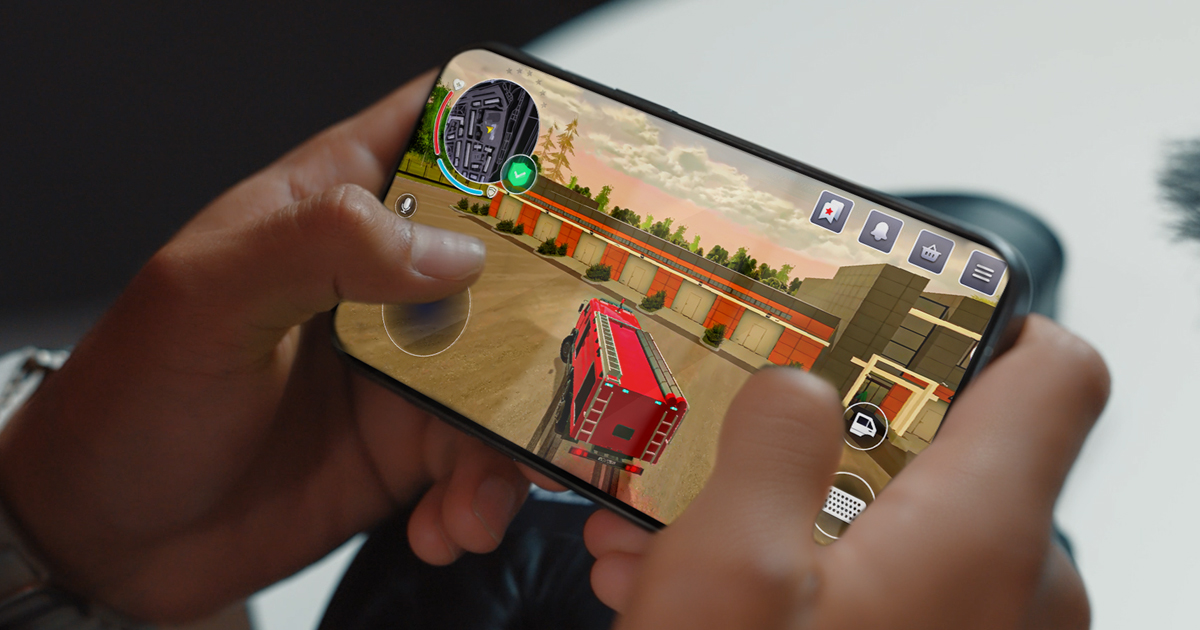Brand Collaborations: Why Businesses are Massively Venturing into Game Development
Kirill Mukhanov, co-founder of the gaming studio BlackHub Games, in a recent interview with RBC, highlighted the key reasons for the growing interest of brands in gaming collaborations and shared a successful case study. In an article for App2Top based on the interview, he elaborated in detail on what drives this trend and how to maximize its benefits.
Kirill Mukhanov, co-founder of the gaming studio BlackHub Games
Why Brands are Entering Games: The New Realities of Marketing
The increase in collaborations (Nike in Roblox, Balenciaga in League of Legends, X5 in Atomic Heart, etc.) is not a coincidence but a reflection of several structural shifts.
- Access to a valuable audience. We're talking about two key groups: adult gamers (aged 25–35) with stable income and, importantly, young gamers. Brands focusing on the latter see this as a chance to build future loyalty.
- The crisis of traditional channels. As traditional advertising becomes less effective, games are evolving from an exotic option to a necessity for retaining consumer attention.
- New business opportunities. It's no longer just about reach. Integration is a tool for boosting loyalty, generating leads, and, as shown by examples like Gucci and Louis Vuitton, a full-fledged source of income from digital goods. Practice confirms that virtual goods can be as valuable as physical ones.
The Russian Market: Interest Exists, but the Approach is Cautious
In Russia, demand for gaming integrations has entered an active growth phase. However, brands act cautiously, preferring short campaigns. What holds them back?
- Complexity of the gaming environment: insufficient understanding of the internal logic of game development.
- Lack of expertise: inability to work with game analytics and make accurate forecasts.
Proven Formats of Collaborations: How Brands Enter Games
Despite the variety of options, three main "working" approaches can already be identified.
- Strategic presence: the brand becomes part of the daily lives of players on a continuous basis, like Nikeland in Roblox.
- Native integration: seamlessly fitting into the game world through items or missions—a bright example being "Pyaterochka" in the game "Rusy vs. Lizards 2."
- Cultural events: large-scale limited-time events in highly popular projects, similar to the Coca-Cola and World of Warcraft collaborations.
How Not to Miss: Criteria for Successful Integration
There are a few simple but critically important rules.
- Be part of the gameplay. Success lies where the brand enhances the experience by becoming an engaging quest or unique item, rather than just an ad banner.
- Speak the language of the universe. The product should operate according to its rules: for example, food becomes a booster, and a car a legendary vehicle.
- Provide new emotions. The main indicator of success is that the player's in-game experience should become at least a little more interesting.
The Experience of BlackHub Games: The Collaboration Case of Tanks Blitz and Black Russia
In March 2025, two mobile games conducted a cross-integration. Partners from Lesta Games recorded concrete business outcomes:
- peak DAU increased by 10%;
- the cost of reacquiring one user (win-back) decreased by 30%;
- sales of branded containers exceeded regular ones by 102%.
The success of this collaboration confirms an important shift: games have finally transformed from an experimental platform into a full-fledged channel with measurable returns. For brands, the relevant question is no longer "should we enter games?" but instead "how to build an integration strategy to achieve maximum impact?"

